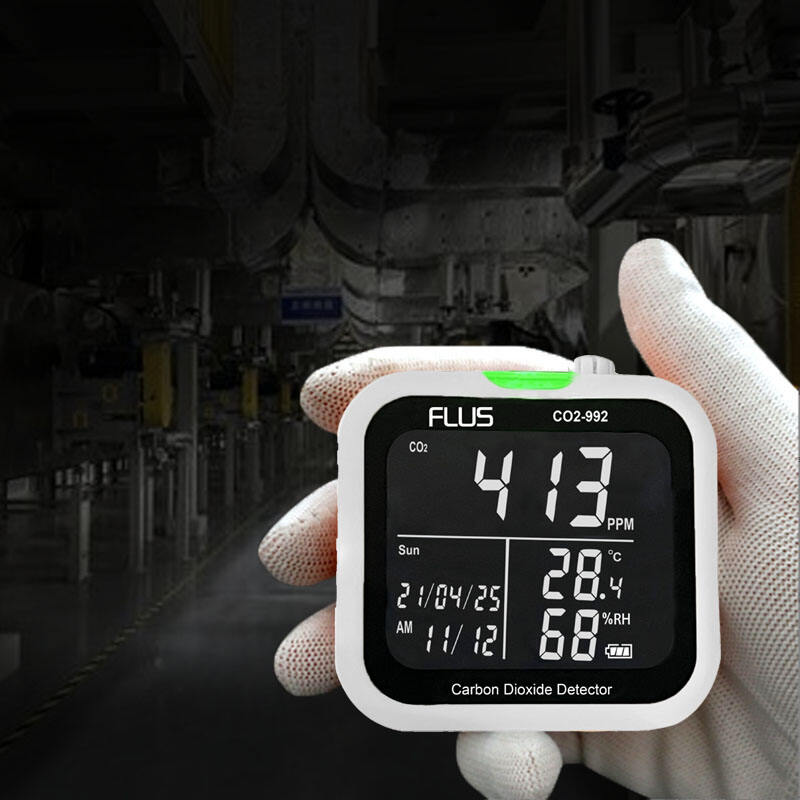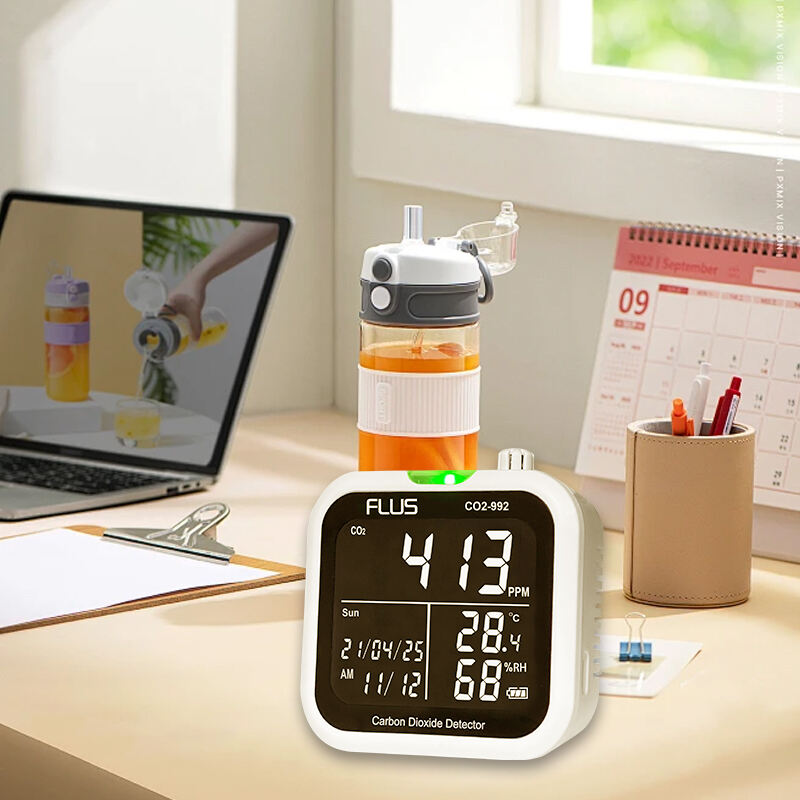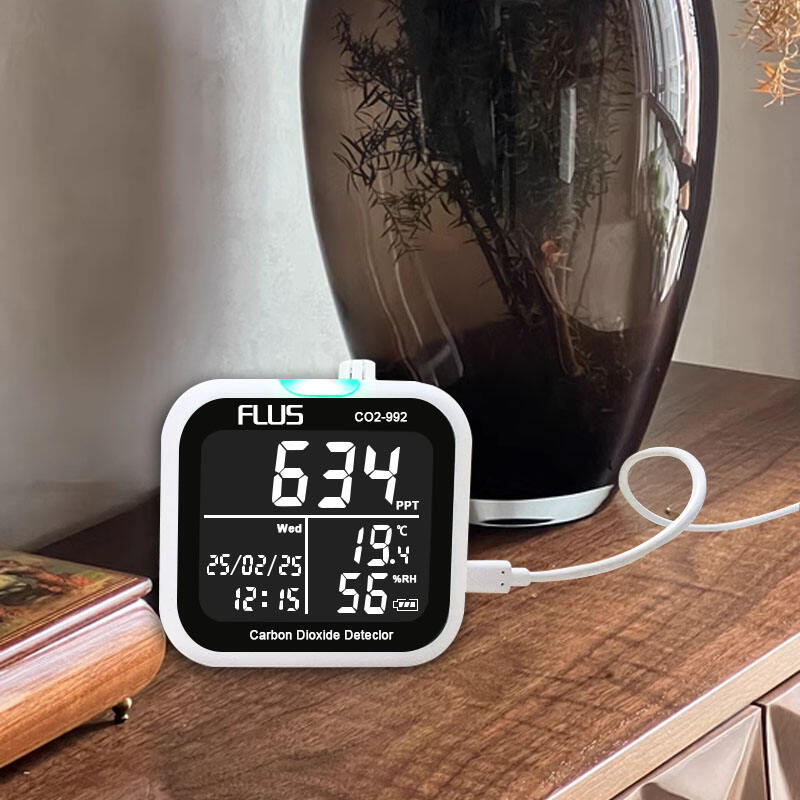
A handheld carbon dioxide detector is a portable, user-friendly device designed to measure carbon dioxide (CO₂) levels in various environments, providing instant readings to ensure air quality and safety in workplaces, homes, and public spaces. With over 14 years of experience in developing precision measurement instruments, the company has engineered a handheld carbon dioxide detector that combines accuracy with mobility, making it ideal for professionals such as HVAC technicians, safety inspectors, and facility managers, as well as for general users who want to monitor indoor air quality. This handheld carbon dioxide detector uses advanced NDIR (Non-Dispersive Infrared) sensor technology, which delivers reliable and precise readings across a wide range of CO₂ concentrations, typically from 0 to 5000 ppm (parts per million) or higher, ensuring it can detect both normal and elevated levels. Its compact, lightweight design allows for easy carrying in a toolbelt or bag, enabling on-the-spot measurements in offices, schools, warehouses, and vehicles, and its intuitive interface with a clear digital display shows CO₂ levels, often alongside temperature and humidity, for a comprehensive view of air quality. The handheld carbon dioxide detector features a long-lasting battery that supports extended use in the field, and it may include additional functions such as data logging to track CO₂ trends over time, audible alarms when levels exceed safe thresholds, and adjustable measurement intervals to suit different monitoring needs. Built to withstand regular use in diverse environments, it has a durable casing that resists dust and minor impacts, and it undergoes rigorous reliability tests to meet global certifications such as BSCI, ISO, CE, ROHS, FCC, and FDA, ensuring it meets the highest standards of quality and performance. Whether used to verify ventilation efficiency in a classroom, check CO₂ levels in a manufacturing plant, or monitor indoor air quality in a home, this handheld carbon dioxide detector provides the data needed to take proactive measures, such as increasing airflow, to maintain healthy and safe environments, making it an essential tool for anyone prioritizing air quality management.

